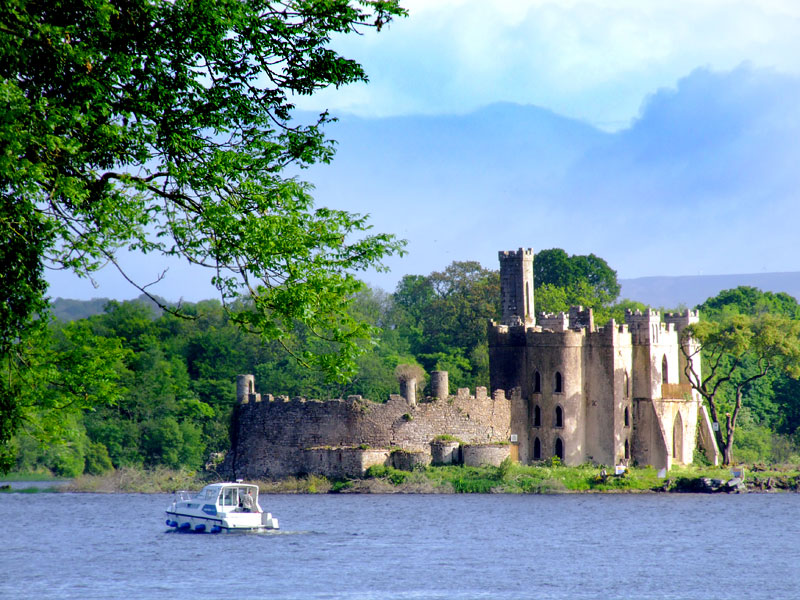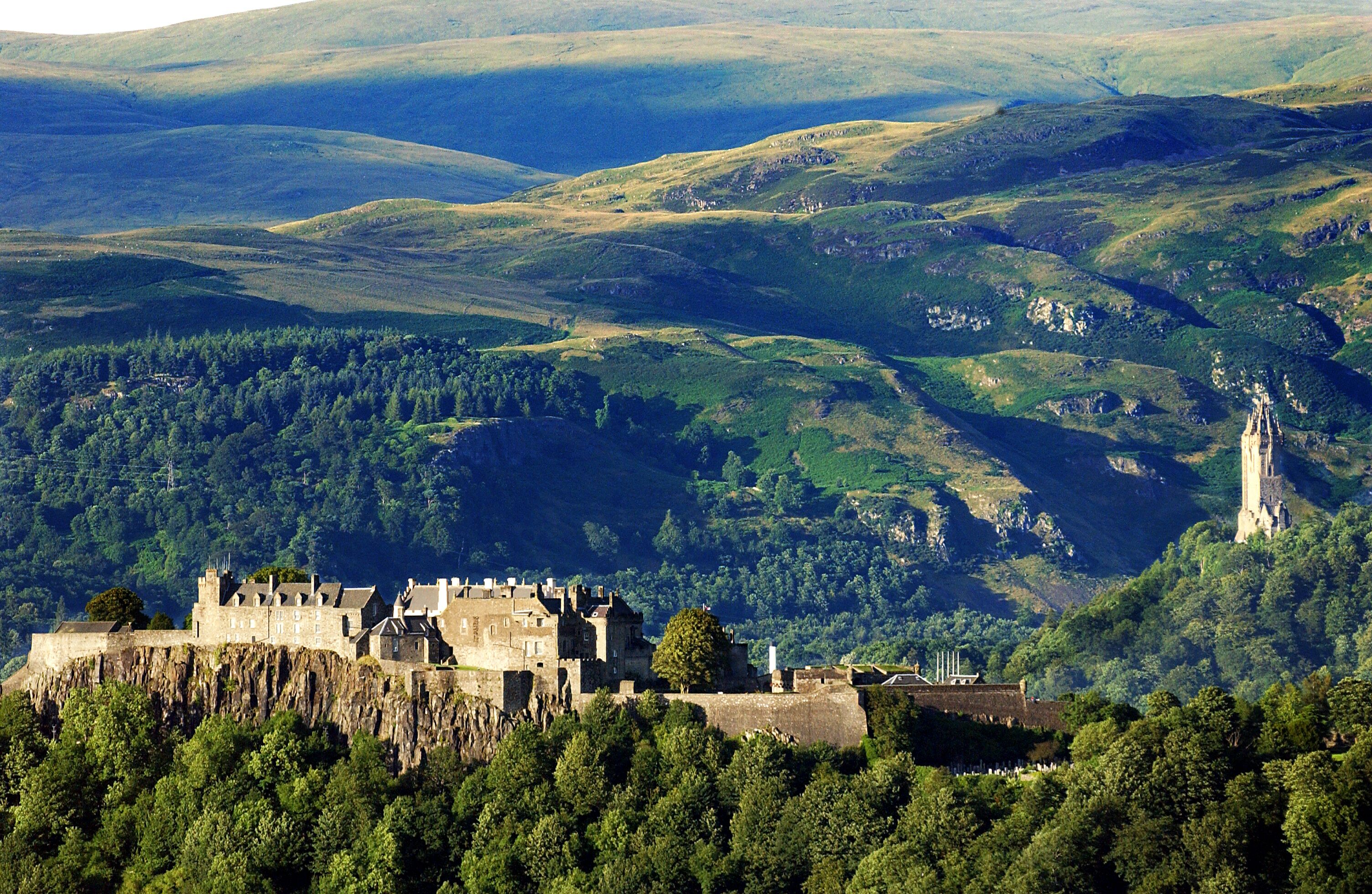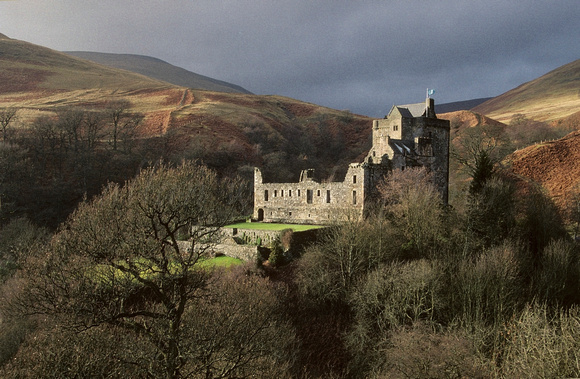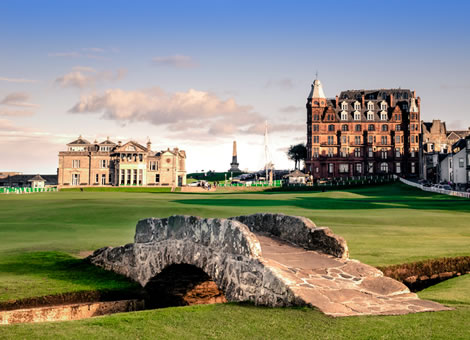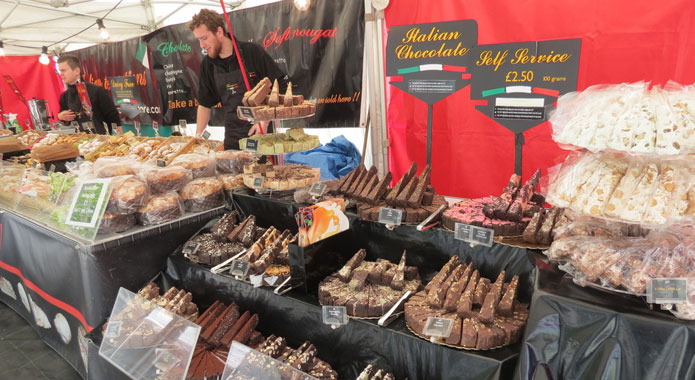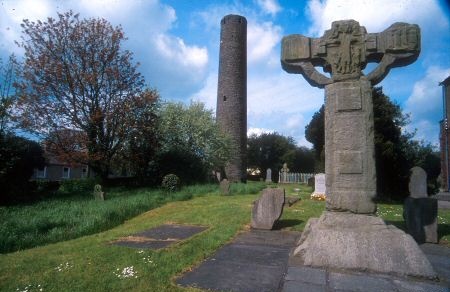Lough Key Forest Park, County Roscommon
The 3 mile wide lake, which is nearly circular, is the star attraction of the Lough Key Forest Park. Writers have chronicled the history of Lough Key for nearly 1000 years, starting with the year 1041 in the Annals of Lough Key. The Annals were compiled...


